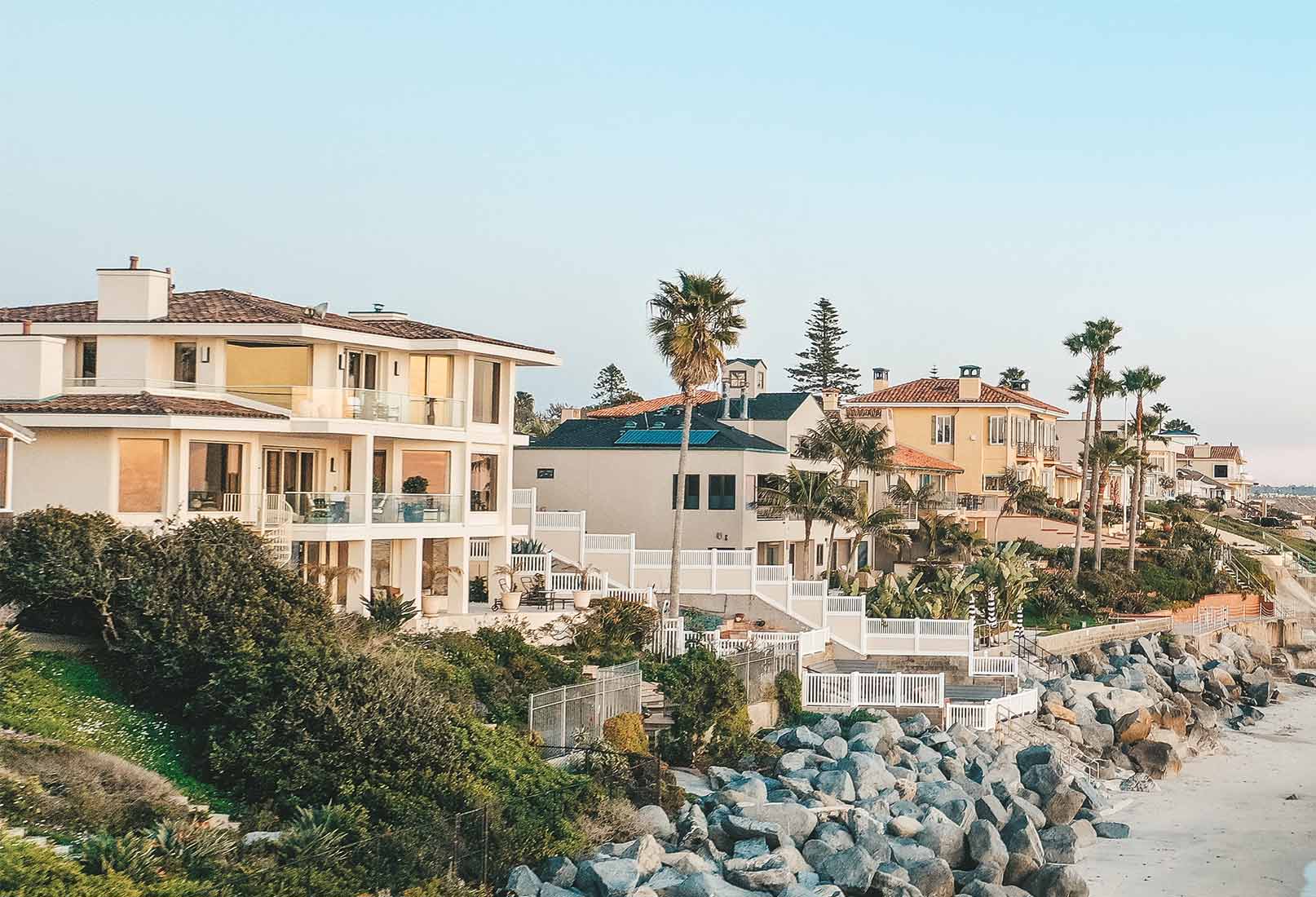- Lorem ipsum dolor sit amet, consectetuer adipiscing elit.
- Aliquam tincidunt mauris eu risus.
- Vestibulum auctor dapibus neque.
- Nunc dignissim risus id metus.
- Cras ornare tristique elit.
- Vivamus vestibulum nulla nec ante.
- Praesent placerat risus quis eros.
- Fusce pellentesque suscipit nibh.
- Integer vitae libero ac risus egestas placerat.
- Vestibulum commodo felis quis tortor.
- Ut aliquam sollicitudin leo.
- Cras iaculis ultricies nulla.
- Donec quis dui at dolor tempor interdum.
- Vivamus molestie gravida turpis.
- Fusce lobortis lorem at ipsum semper sagittis.
- Nam convallis pellentesque nisl.
- Integer malesuada commodo nulla.

Backpacking in CostaRica
Open Education Matters. Post format is a theme feature introduced with Version 3.1. A Post Format is a piece of meta information that can be used by a theme to customize its presentation of a post. The Post Formats feature provides a standardized list of formats that are available to all themes that support the feature. Themes are not required to support every format on the list. New formats cannot be introduced by themes or even plugins. The standardization of this list provides both compatibility between numerous themes and an avenue for external blogging tools to access this feature in a consistent fashion.
In short, with a theme that supports Post Formats, a blogger can change how each post looks by choosing a Post Format from a radio-button list.
Note that while the actual post content entry won’t change, the theme can use this user choice to display the post differently based on the format chosen. For example, a theme could leave off the display of the title for a “Status” post. How things are displayed is entirely up to the theme, but here are some general guidelines.
A single video or video playlist. The first video tag or object/embed in the post content could be considered the video. Alternatively, if the post consists only of a URL, that will be the video URL. May also contain the video as an attachment to the post, if video support is enabled on the blog (like via a plugin).
